When NetEase Games promised that Marvel Rivals would revolutionize the hero shooter genre, many were skeptical. After all, we’ve heard similar claims before. But three weeks into the game’s launch, one feature has proven to be a genuine game-changer: the ability to fundamentally alter the battlefield through environmental destruction.
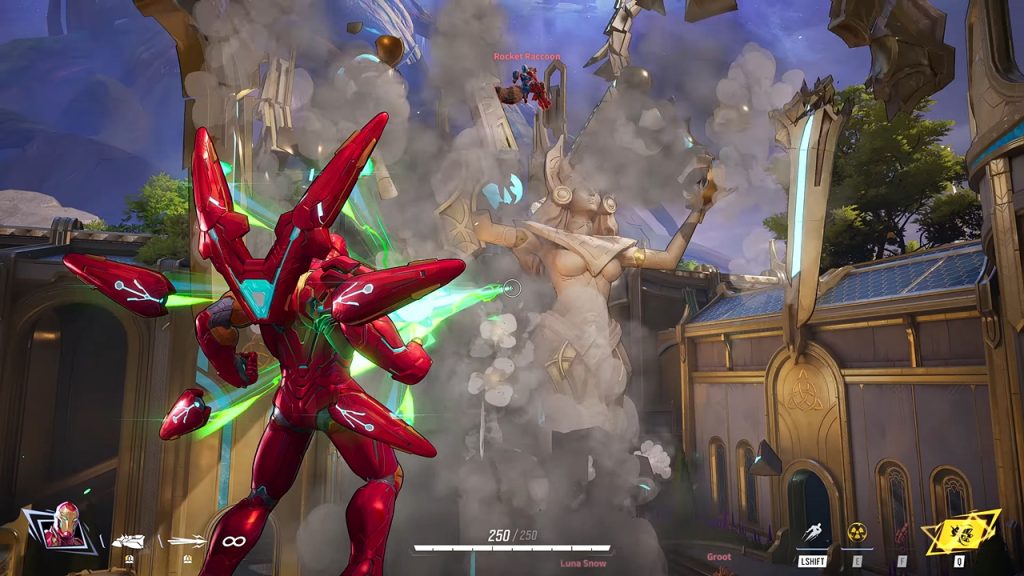 The ability to literally reshape the battlefield. | Image Credit: NetEase Games
The ability to literally reshape the battlefield. | Image Credit: NetEase GamesIn a genre where power fantasy often feels superficial, Marvel Rivals has managed to make every punch, blast, and slam feel consequential. It’s not just about the spectacle of demolition—though watching a wall crumble under Hulk’s fist never gets old—it’s about how these mechanics have transformed the way players approach each match.
The art of meaningful destruction in Marvel Rivals
Gone are the days of superheroes who can supposedly level cities but struggle to break through a wooden door. Thanks to Unreal Engine 5’s Chaos physics system, Marvel Rivals delivers destruction that feels both satisfying and strategically meaningful. Every crumbling wall and collapsing platform creates new tactical opportunities, forcing players to constantly reassess their positioning and approach.
In an exclusive interview with IGN China, lead combat designer Zhiyong revealed the team’s ambitious vision behind this system:
As a game built around superhero battles, our goal in adding destruction effects is to showcase just how powerful they are beyond the conventional sound effects, special effects, and actions. This is the most basic design expectation for this feature.
This philosophy extends beyond mere destruction. Each map has been meticulously designed to ensure that environmental damage creates meaningful tactical choices. In Yggsgard, destroyed structures can mysteriously rebuild themselves, creating dynamic chokepoints.
Meanwhile, Tokyo 2099 offers its own flavor of controlled chaos—while you can tear through walls and support structures, massive chunks of the roof remain suspended by indestructible spider webs, creating a perfect balance between destruction and vertical gameplay.
The result is a combat system where environmental awareness is just as crucial as aim or ability management. A well-timed wall breach can turn the tide of battle, while excessive destruction might leave your team exposed. It’s this delicate balance between power and consequence that makes every match feel fresh and unpredictable.
Beyond destruction: The power of friendship
 We are Groot. | Image Credit: NetEase Games
We are Groot. | Image Credit: NetEase GamesThe commitment to authentic superhero action doesn’t stop at environmental destruction. Marvel Rivals has introduced a hero synergy system that goes beyond the typical “combo ultimate” mechanics we’ve seen in other games.
Zhiyong elaborated on this aspect in the interview:
For example, the combination of Groot and Rocket Raccoon is directly lifted from classic scenes in the MCU and comics, while Hulk enhancing Iron Man and Doctor Strange with his Gamma Boost is more of along the lines of our exploration of the possibility of interactions between heroes and their abilities.
These aren’t just flashy gimmicks—they are thoughtfully-developed gameplay mechanics that encourage cooperation and teamplay. Whether it’s Rocket riding on Groot’s shoulders (a sight that never gets old) or Magneto gaining new abilities through his connection with Scarlet Witch, each combination feels both authentic to the source material and meaningful in terms of gameplay.
The result is a hero shooter that finally delivers on the promise of making players feel like they’re controlling actual superheroes, complete with all the environmental havoc and spectacular team-ups that entails. It’s not just about looking powerful—it’s about feeling powerful in ways that actually matter to the game.
What do you think about Marvel Rivals’ approach to environmental destruction and hero synergies? Has it changed your expectations for future hero shooters? Share your thoughts in the comments below!
.png)
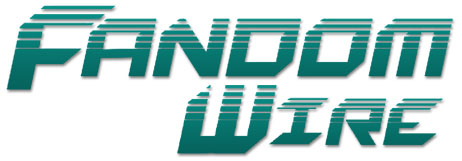 1 week ago
24
1 week ago
24
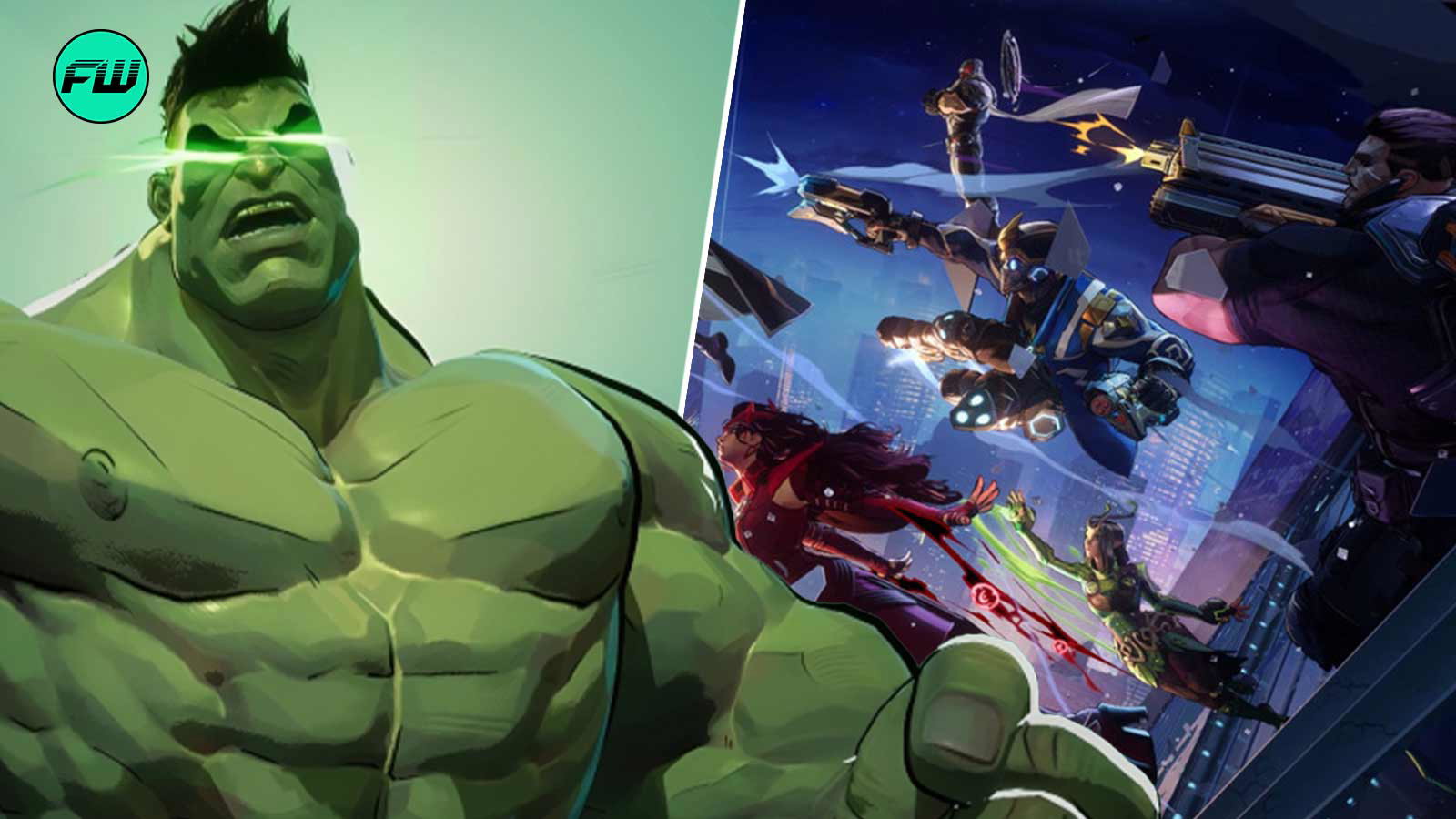

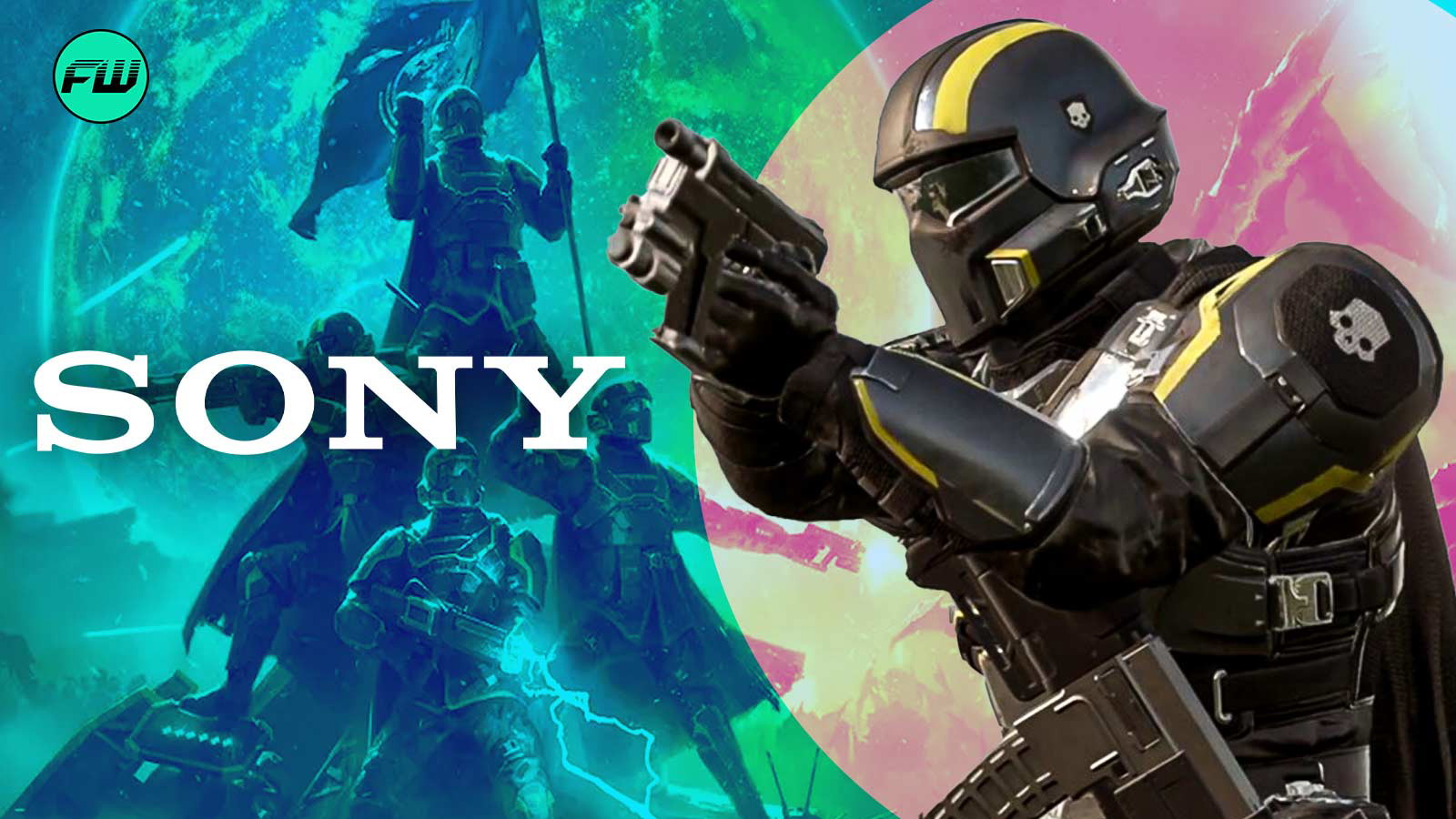
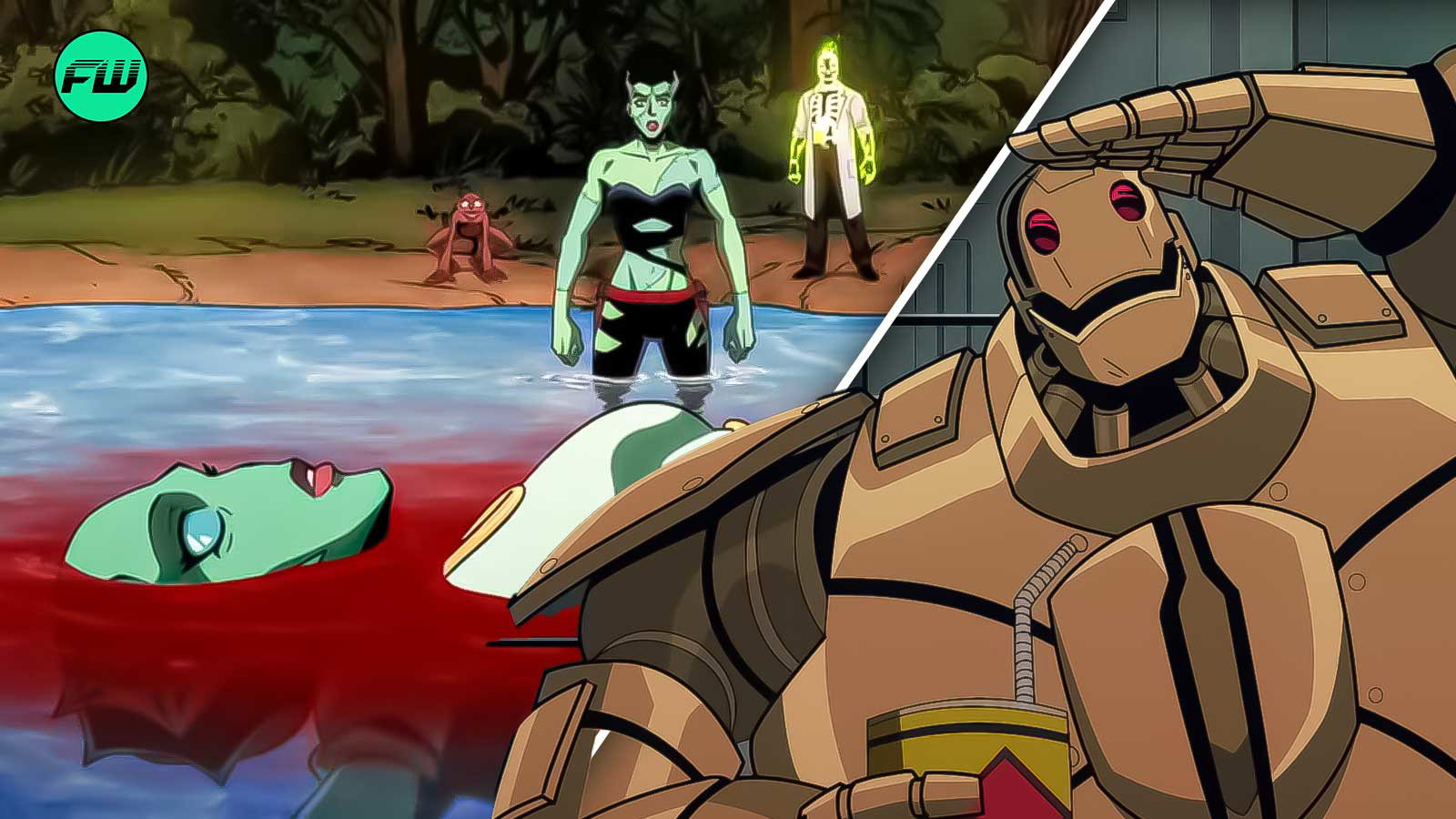

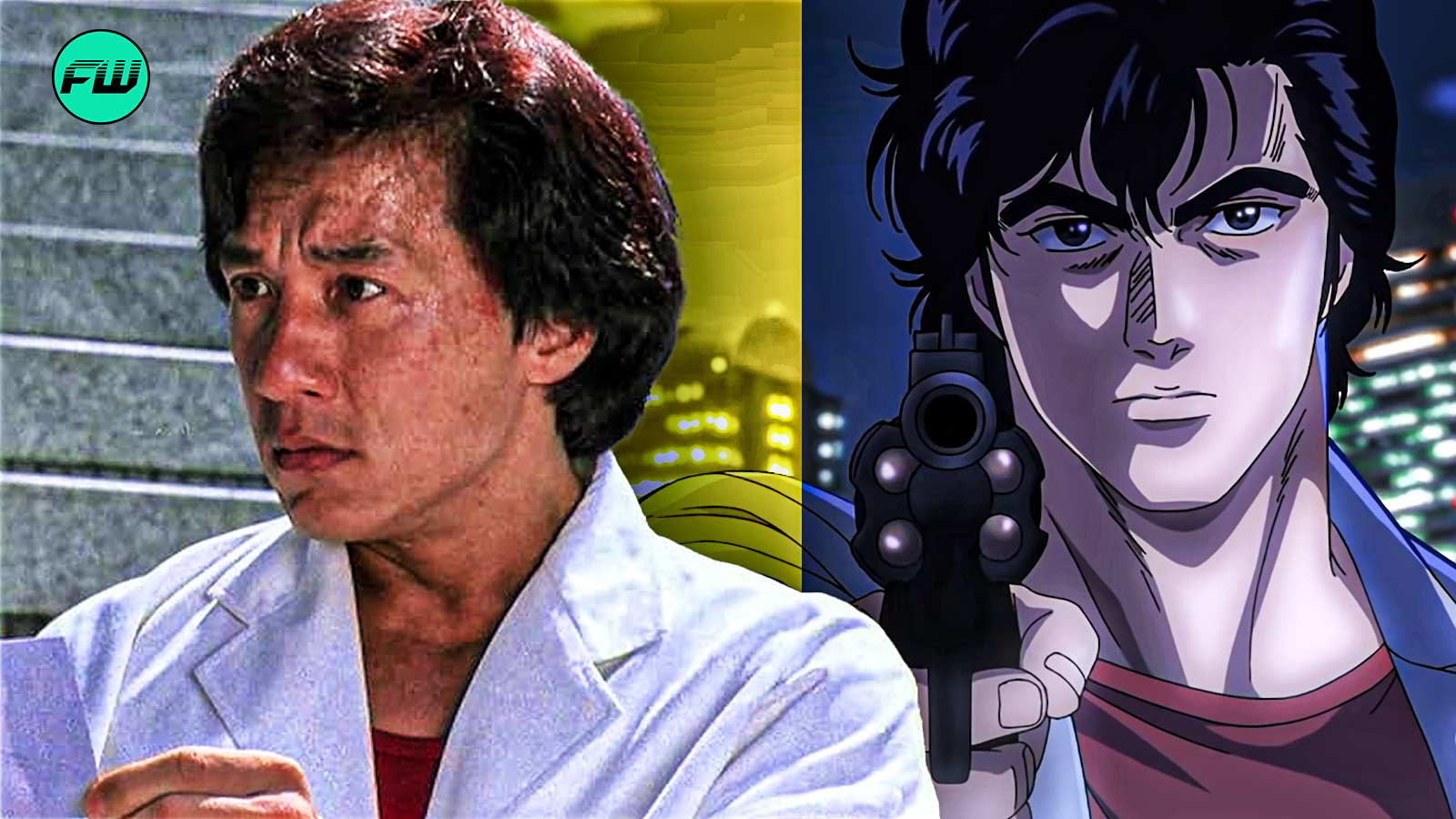

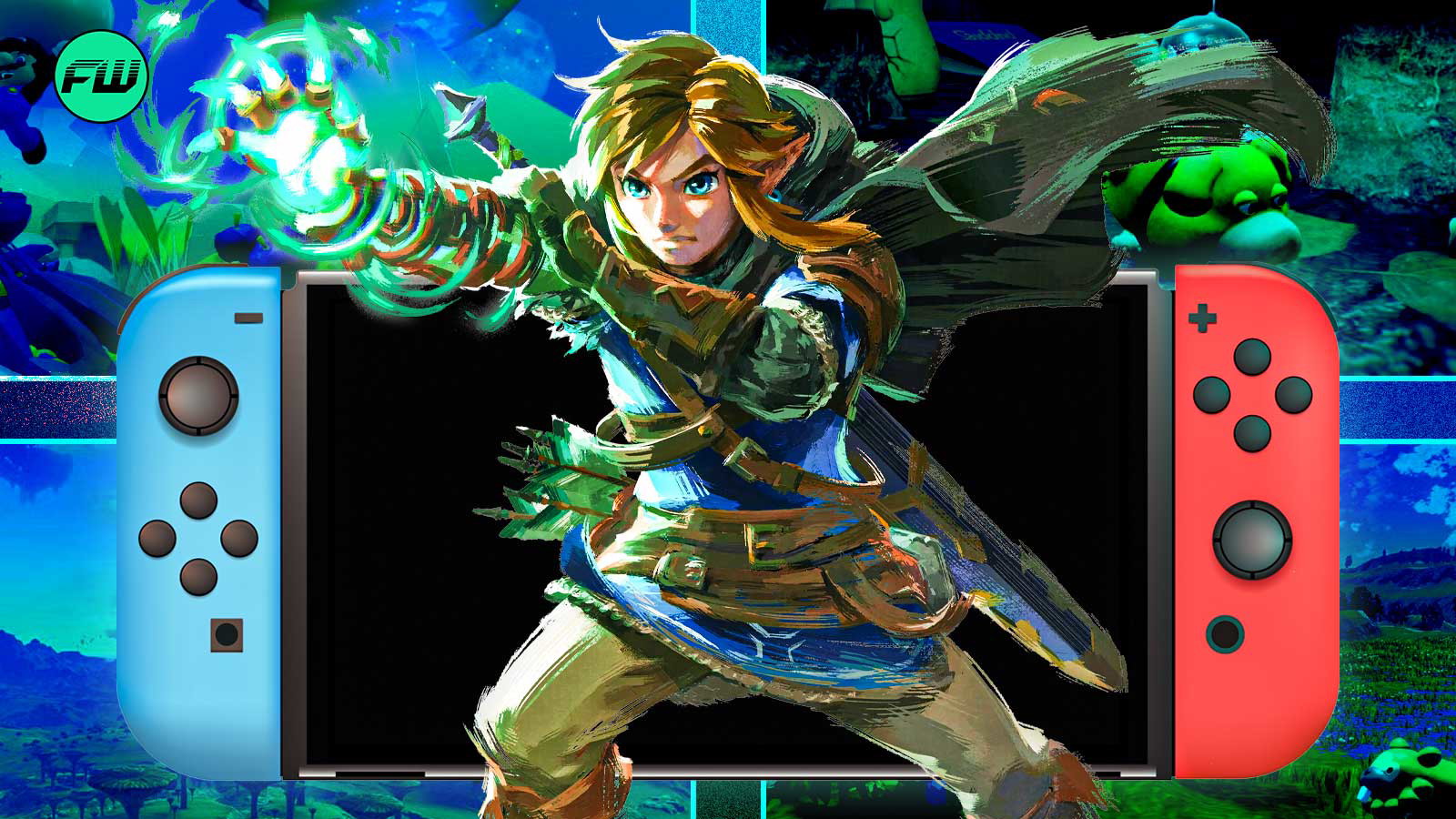
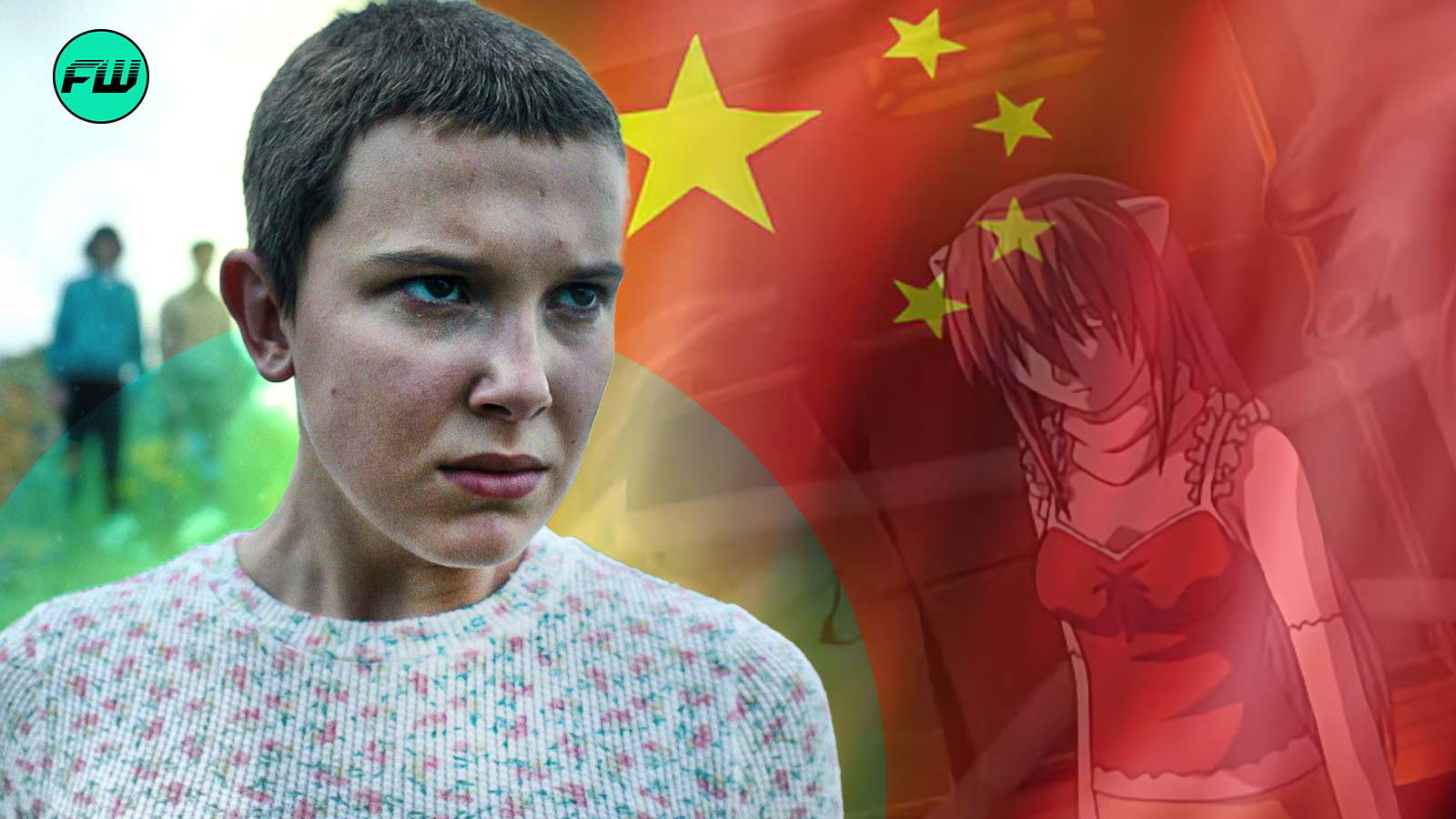

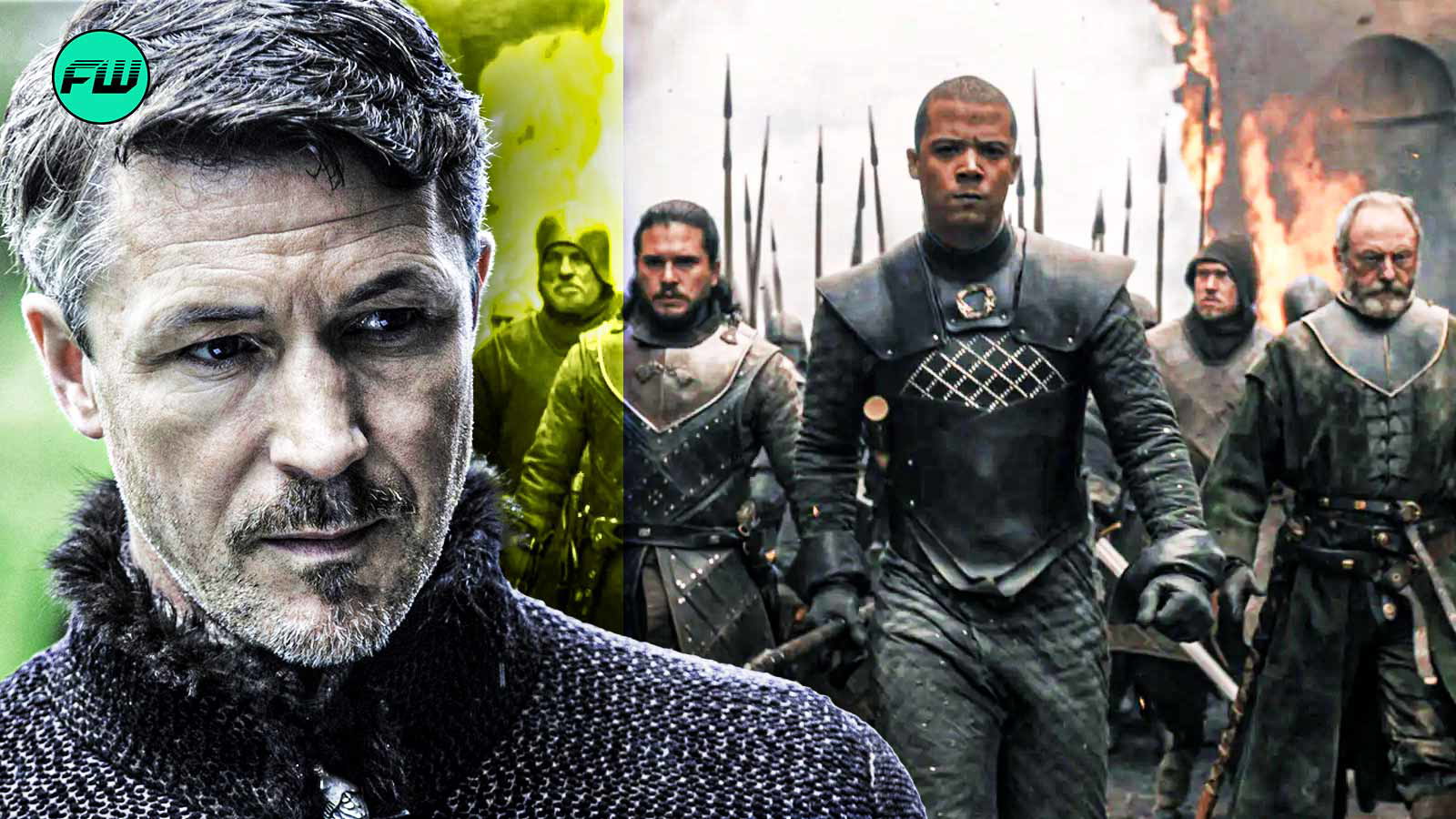
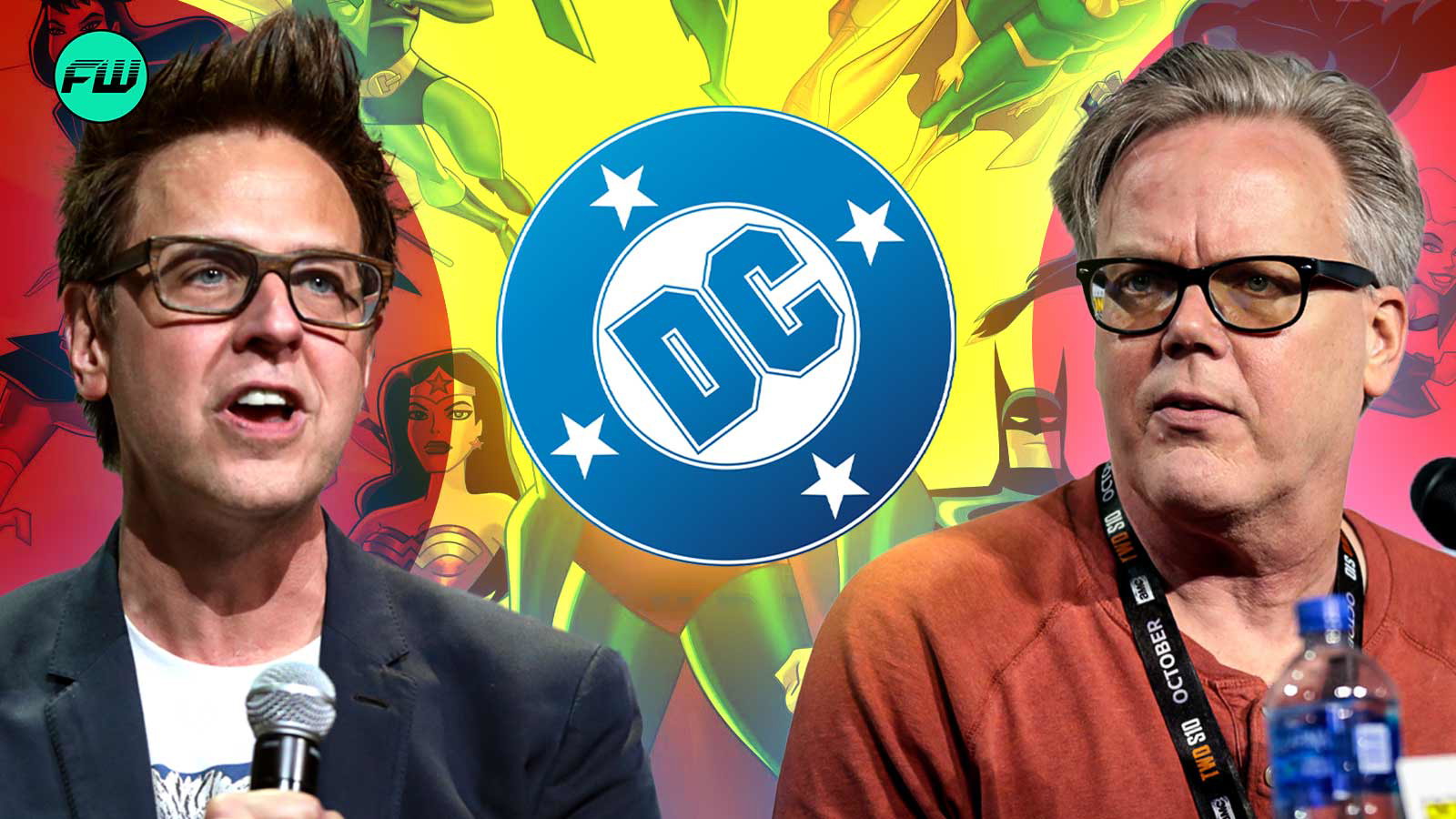
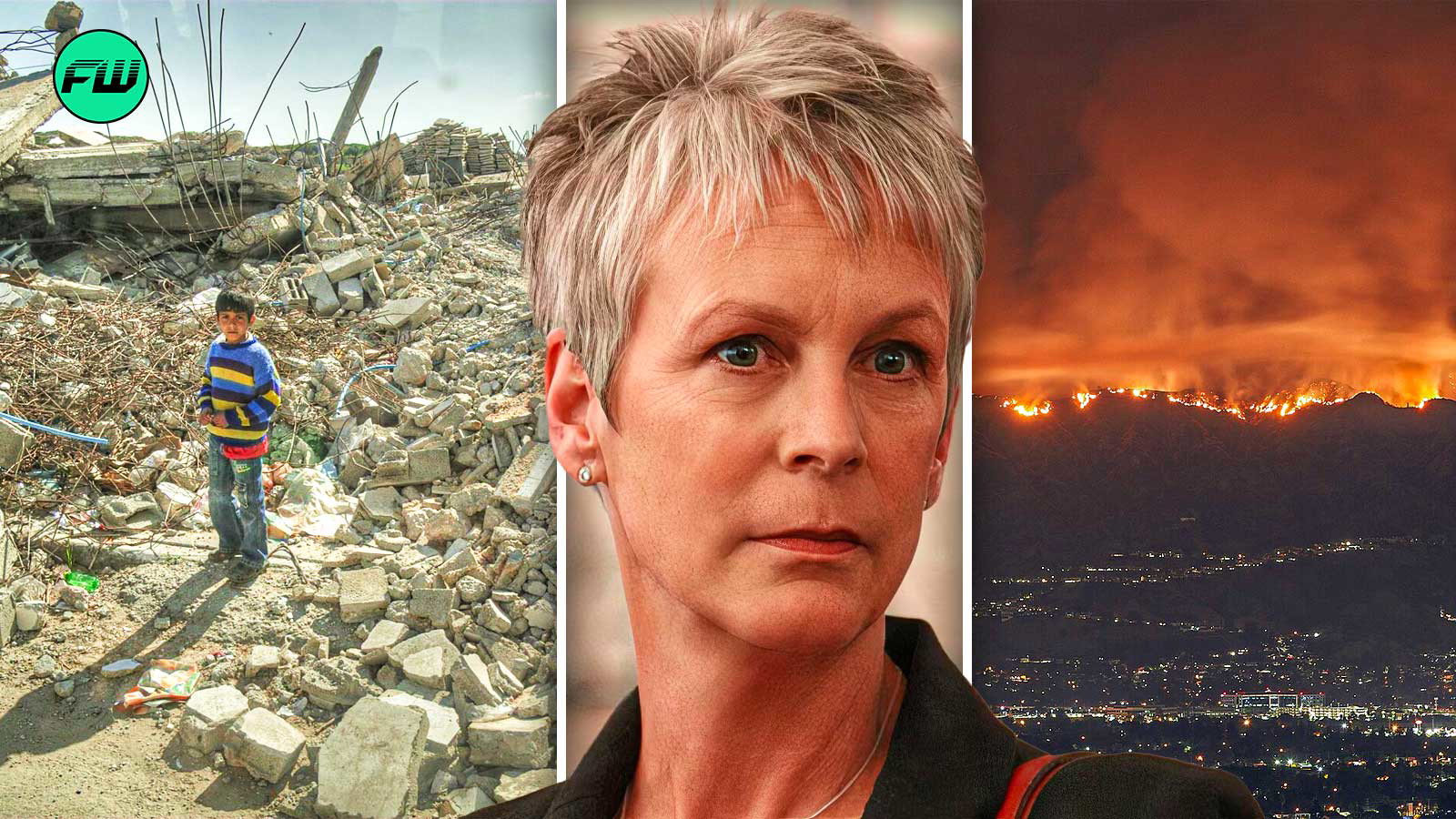
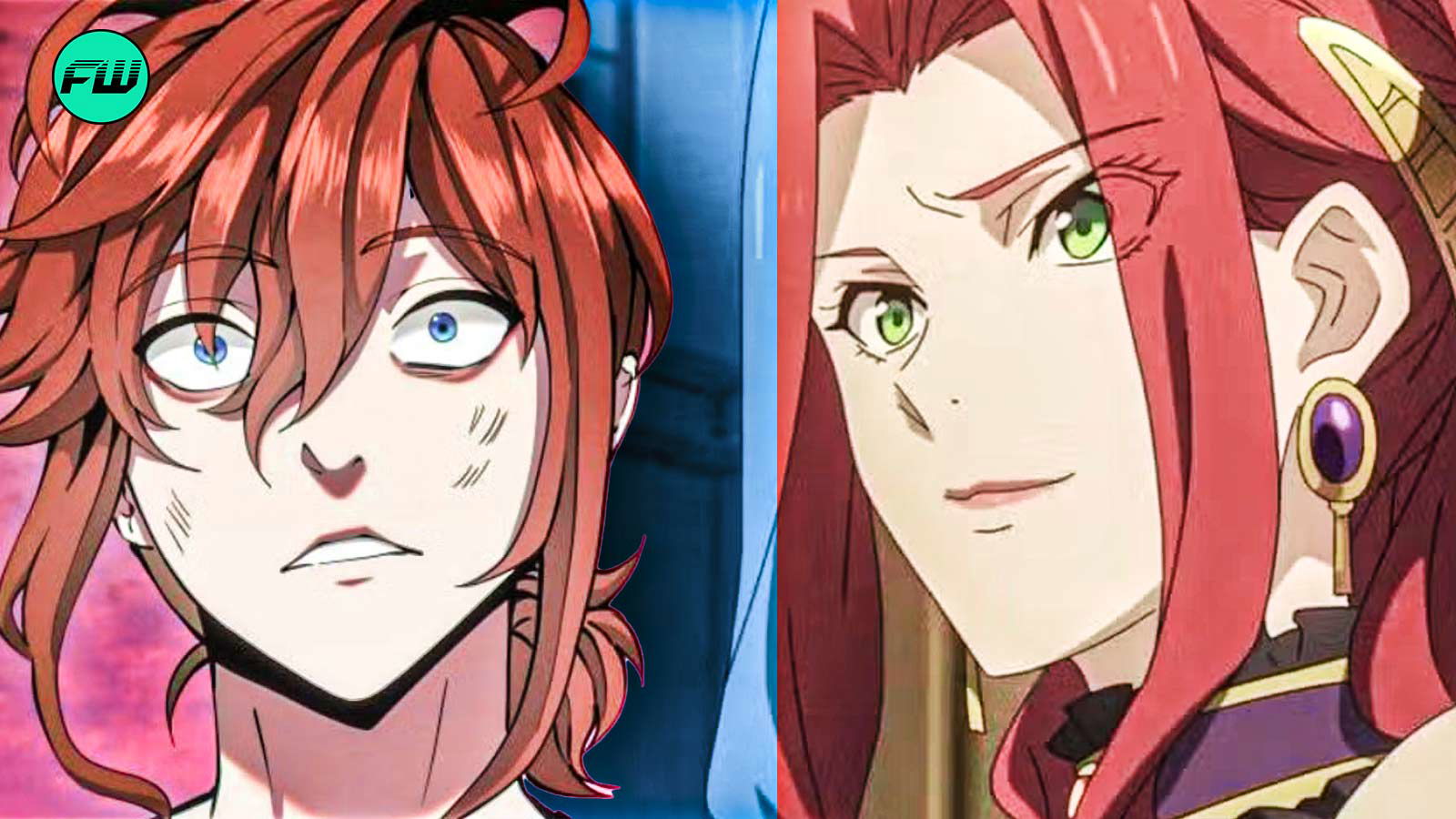






















 Bengali (BD) ·
Bengali (BD) ·  English (US) ·
English (US) ·